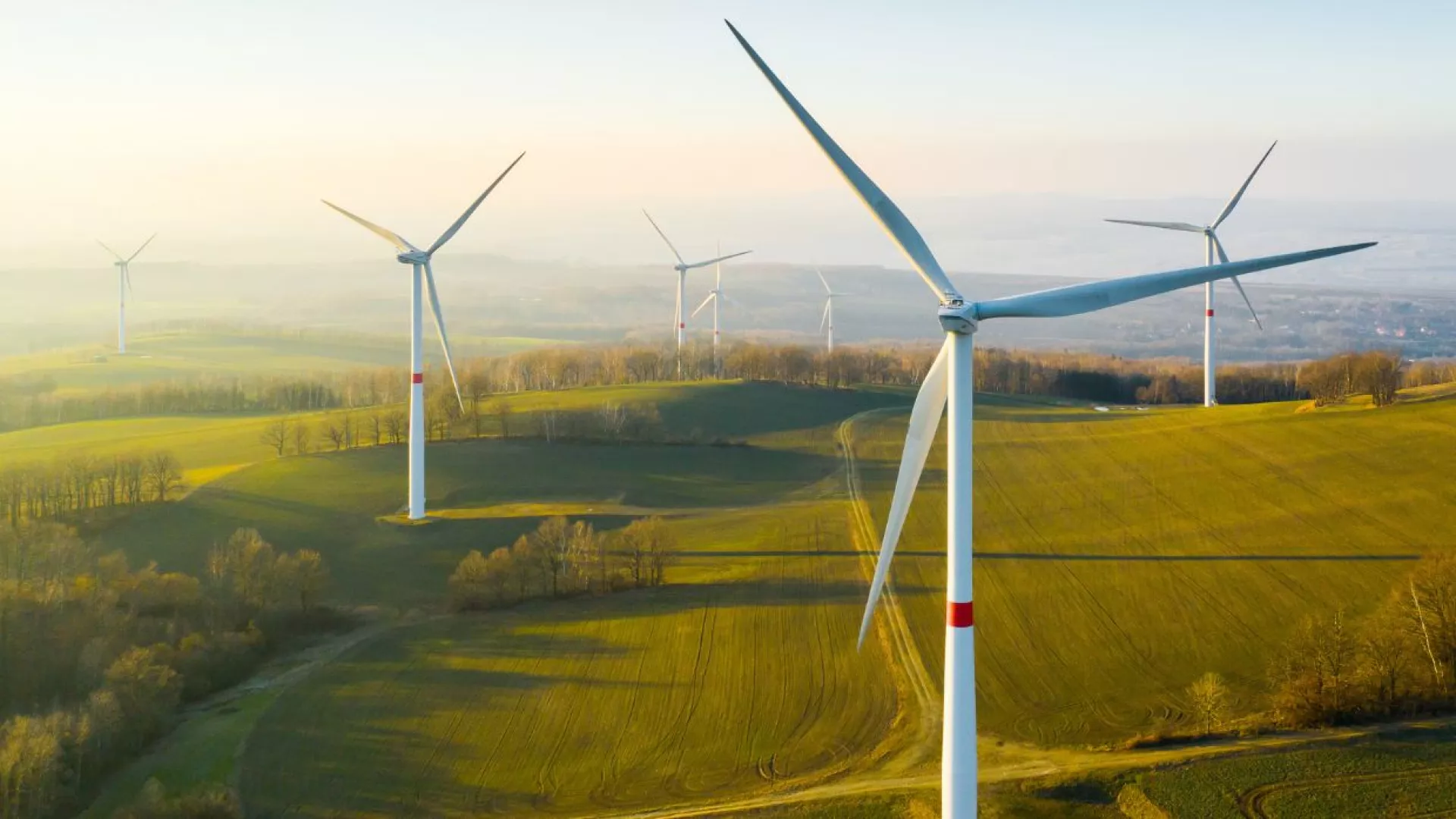
Reuses
Finished your thesis or research paper or developed a new algorithm?
Stay updated with what other users have achieved with our data.
Get to know some examples of what other users have achieved with our data.

html
Hack the Wind 2018
From the dataset: Wind Farm 1 - Faults 2016
Hack the Wind® is dedicated to advancing the wind energy industry by inviting designers, creators, scientists, and data analysts, as well as wind energy experts, to work with some of the most relevant names in the industry to create solutions for the proposed challenges.
EDP Renewables Challenge: time is money and anticipating faults in wind turbines reduces maintenance and production due to unavailability, paving the way for lower and leveled clean energy costs. How many faults will each team be able to predict? The team that detects the highest number of faults at an early stage will achieve the highest level of cost savings. If one of the teams is able to do so, in addition to visualizing the data presented to them, they will be named the winner of the challenge.

Falkonry
From the data set: Sunlab Faro - Meteo 2016
EDP uses OSIsoft's PI system as part of its data infrastructure to collect and manage time series data in its operations. EDP Inovação applied the Falkonry LRS machine learning system to automatically identify and classify potential low performance of the solar panels at Sunlab. This insight allowed EDP to improve operations through remote identification of unexpected patterns related to the performance of the solar panels based on the irradiation they actually receive.
Falkonry is one of the leading operational machine learning providers for Global 2000 industrial companies. Falkonry's ready-to-use system empowers professionals, aiming to accelerate the digital transformation of industrial operations, by providing new analytical insights from patterns contained in operational data.

Angular distribution of solar radiation
From the dataset: Sunlab Faro - Meteo 2015
The angular distribution of solar radiation is conditioned by two components: direct radiation, whose mathematical description is well known, and diffuse radiation, which, due to its nature, is more difficult to model. The objective of this dissertation is to evaluate the Perez model in Portugal on surfaces with different tilt angles.
For this purpose, data on direct and diffuse solar radiation were analyzed, as well as photovoltaic production data obtained from modules with different tilt angles at two locations. The experimental data were collected in Seia and Faro, at the SunLabs of EDP Inovação. In order to evaluate the Perez model, it was also necessary to implement an empirical model for the conversion of solar radiation into photovoltaic generation. The overall results obtained for both locations suggest that the Perez model does not introduce significant errors in estimating photovoltaic production on inclined surfaces.



